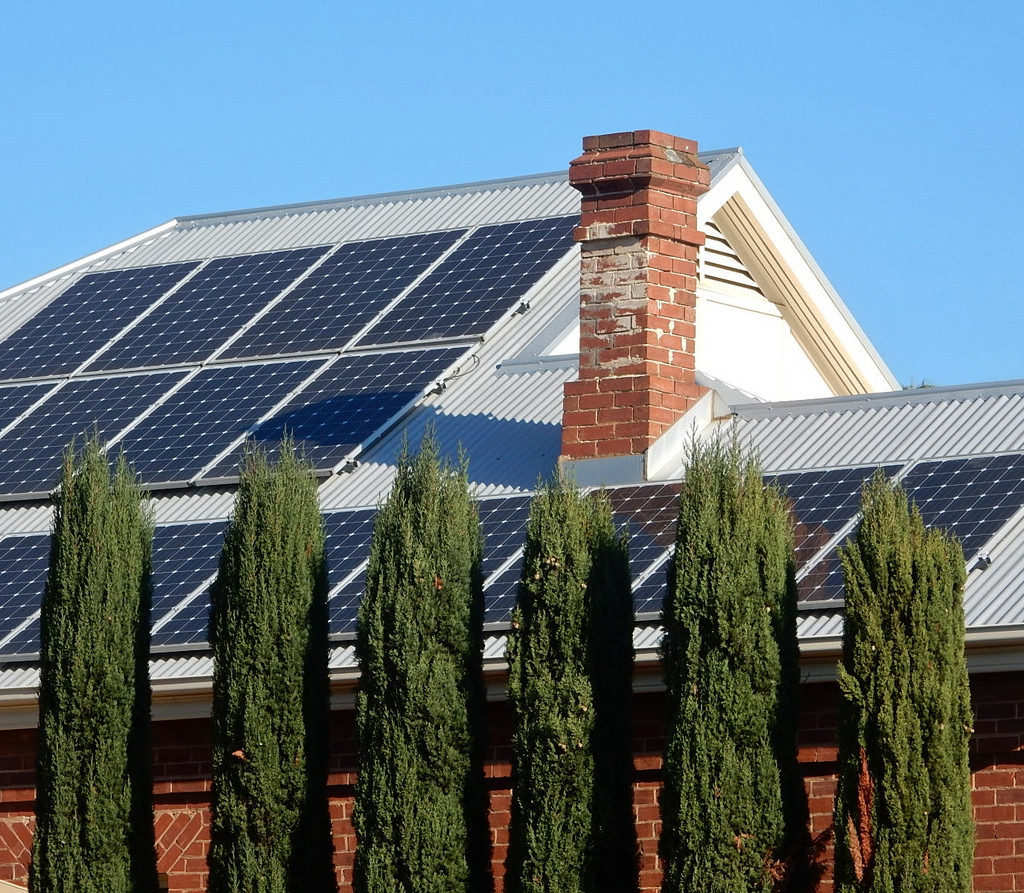The Netherlands Organisation for Applied Scientific Research (TNO) has ended its investigation into a series of fire accidents involving rooftop PV systems last year. The probe was begun in September on behalf of national enterprise agency the RVO at the request of PV association Holland Solar and electroctechnical installers body Uneto-VNI.
A report by the TNO stated around 70% of the fires were caused by faulty connectors, and especially by cross-mating, which happens when connectors of different kinds are mated.
“If two connectors do not connect properly, or if a corrosive layer is present between the two poles of the contact, a transition resistance may occur,” stated the study. “Such a resistance can lead to heat development, which can cause the temperature to rise and the connector to ultimately form a point of ignition for a fire. This can lead to transition resistances, internal arcs, heat development and ultimately fire.”
Other factors
The other accidents were caused by heat accumulation, junction boxes and the proximity of installations to combustible material, with each of those factors accounting for 10% of cases, said the TNO.
Popular content
According to the findings of the report, the fires led solely to economic damage. “We are aware of 23 fire incidents involving houses, that mainly took place in 2018,” the report stated, adding another four incidents concerned rooftop systems on non residential buildings.
The report’s authors said around a third of the cases involved building integrated PV (BIPV) systems, a significantly lower estimate than other, unidentified experts who claimed 80-90% of the fires involved such units.
The TNO said it will warn installers about the risks of using faulty connectors and cross-mating, and said the RVO will establish a multidisciplinary committee – or expand an existing committee – to advise on the construction and material flammability requirements of BIPV systems, as well as on regulation through standards and guidelines to prevent connector cross-mating. “This may lead to the possible tightening of certification for installers”, the report stated.
The authors of the report added, in some cases PV systems were being installed in the Netherlands by a workforce without the necessary skills and training. “PV systems differ in electrical engineering from what [has been] known in the past, which implies that [the] personnel handling PV systems must receive special training,” said the study. “Staff who are not properly trained can make mistakes with the proper installation of a system.”
This content is protected by copyright and may not be reused. If you want to cooperate with us and would like to reuse some of our content, please contact: editors@pv-magazine.com.



1 comment
By submitting this form you agree to pv magazine using your data for the purposes of publishing your comment.
Your personal data will only be disclosed or otherwise transmitted to third parties for the purposes of spam filtering or if this is necessary for technical maintenance of the website. Any other transfer to third parties will not take place unless this is justified on the basis of applicable data protection regulations or if pv magazine is legally obliged to do so.
You may revoke this consent at any time with effect for the future, in which case your personal data will be deleted immediately. Otherwise, your data will be deleted if pv magazine has processed your request or the purpose of data storage is fulfilled.
Further information on data privacy can be found in our Data Protection Policy.